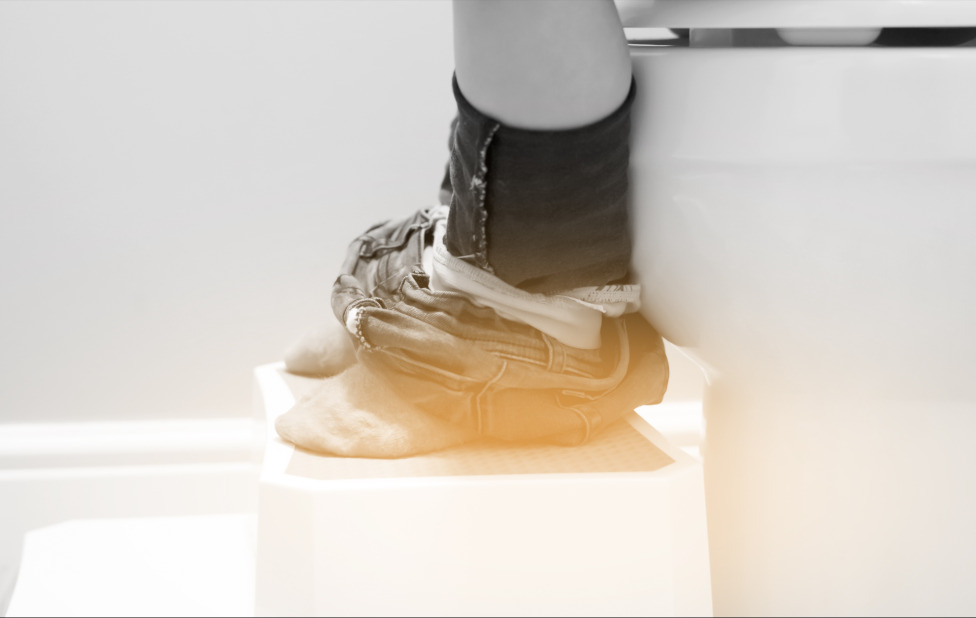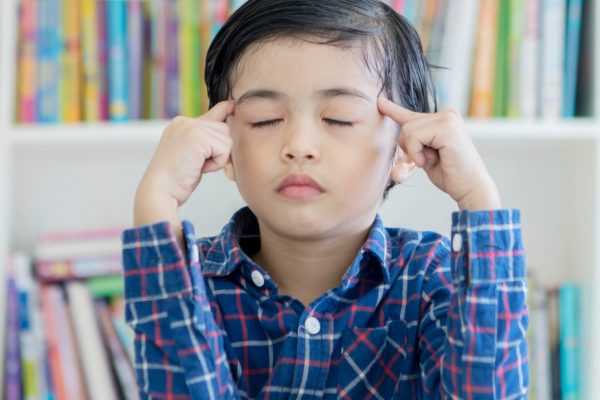
Is it the right time to begin toilet training?
Toilet training is a daunting prospect for many parents and it is an area of development where the voice of societal pressure is louder than in lots of others. For parents whose child has additional needs, this process can often feel impossible. Whether the need is developmental or medical and whether the disability is physical or invisible, there are challenges faced that other children may not have to contend with.
The most vital part of ensuring toilet training success is working out whether your child is ready. For some children this is obvious as they are communicating their interest, asking to go or making clear that they no longer wish to wear nappies. For many children with a disability however, the usual checklist of readiness such as
- Are they bothered by being wet or dirty?
- Do they communicate when they need to go?
- Can they pull their pants up and down?
- Do they have the body flexibility to wipe themselves?
may not be relevant due to their stage of development and skills. This doesn’t mean that they aren’t ready but rather that it needs to be thought about and introduced in a different way. Here are some things to think about when considering toilet training for your child.
COMMUNICATION
Communicating about the toilet is something we do with children from the earliest days when we change their nappies and refer to what is inside! For children who are hearing impaired or who are unable to communicate verbally, this context is just as important but needs to be done in a different way. Before toilet training, it is helpful to make sure that any AAC method that is being used has all of the words you would need during toilet training and that your child understands what means what. This includes them needing to go, letting you know they have had an accident, wiping , flushing and washing hands! It is imperative that everyone working with them knows how to access this vocabulary for them and to help them be as independent with it as possible.
PROVIDING CONSISTENCY
The predictable steps of going to the toilet are something which can provide assistance when toilet training a child with additional needs. The more they understand the steps of the process, how often they go, where to sit, how to go, how to wipe and how to flush, the easier it will be for you to not feel frustrated when steps are missed. By breaking the process down for children, it also allows caregivers and therapists the opportunity to see which steps they are struggling with and provide additional support. It is important that once you start, all carers take a similar approach and that your child can feel that this is now a new stage which is being enforced on a consistent basis.
INTEROCEPTION
For many children with SPD or low muscle tone, it is a struggle for them to know when they need the toilet. This process is known as interoception and it means being aware of what is happening inside your body. This includes being hungry, tired, feeling unwell and of course having a full bowel or bladder! This is often an obstacle to toilet training and working with an OT can be very helpful. Other strategies to consider would be taking your child to the toilet at set times to start to familiarise them with the process and start to talk to them about what they can feel in their tummies. Over time, the aim is for them to connect their successes to what they felt at that time and then begin to identify that feeling as meaning that they need to go to the bathroom.
MOBILITY AND COMFORT
Going to the toilet independently ( the aim of toilet training) requires a level of mobility, body and brain coordination and flexibility eg: for wiping. When someone is limited in these areas, it can be disheartening for parents and their instinct is often that their child isn’t ready yet. However, if it can be identified why and in what areas the child needs help and where they can be independent, whilst toilet training may look different, it can occur beautifully with adaptations just as your child may need in other areas of their life. It is important to work with your child’s therapy team to ensure the set up of the bathroom is conducive to allowing them to toilet independently. This means thinking about whether a particular seat is required or steps or something to hold on to to give additional physical support.
MEDICAL HISTORY
One of the most common side effects to toilet training children is stool withholding and constipation! For children with additional needs who may have a history of gut or digestion issues, this should be taken into account. If you are looking to remove nappies entirely and your child has a history of constipation and is already on medication, the dose should be discussed with your paediatrician. Hopefully this can avoid causing any pain to your child or accidents that may be able to be avoided.
Every child is unique and when it comes to toilet training, no one size fits all. This is even truer when a child has additional needs that need to be considered. The key is often is managing your own expectations and having a plan in place to make sure the right supports are there before you begin. Toilet training is a process and progress and regression mixed together is normal and to be expected given the complexity of what we are asking our incredible children to learn.
Ariella Lew is the founder and director of Kids on Track Consultancy. Ariella and her team view every client as an individual and understand that every family’s requirements are specific and unique. Kids on Track consults with families, schools and allied health professionals around issues including but not limited to: behaviour support, family dynamics and parenting, disability, NDIS access and support co-ordinations, chronic conditions and more. www.kidsontrackconsultancy.com; [email protected]; 0416 612 676






